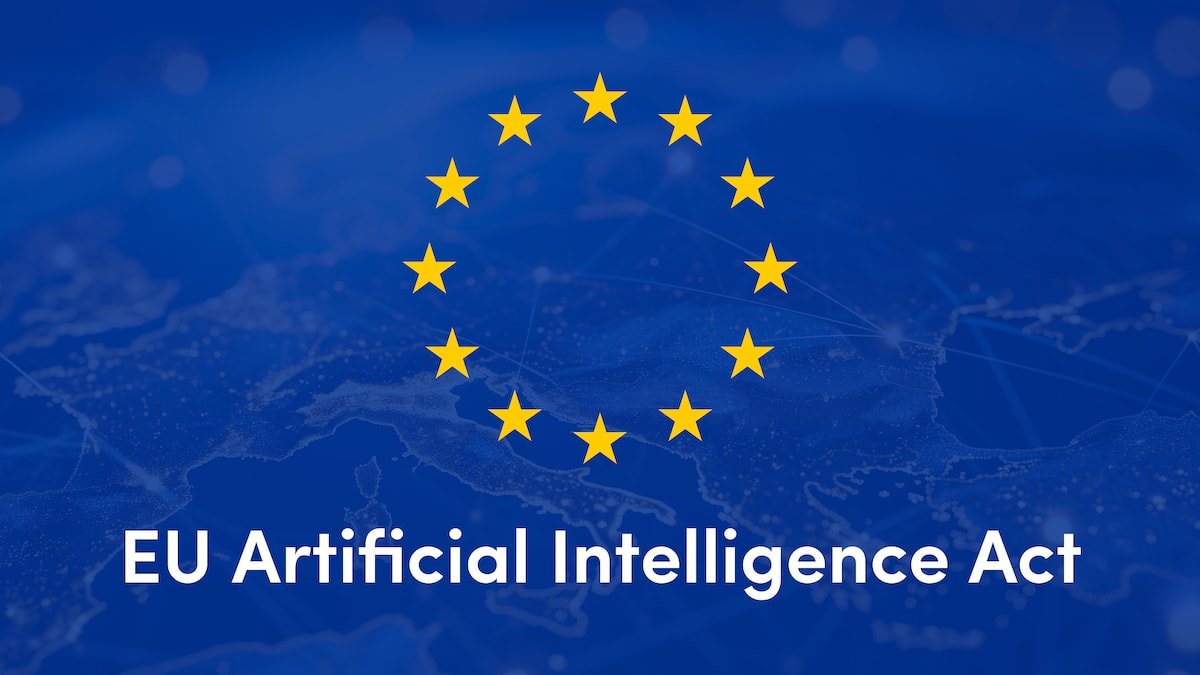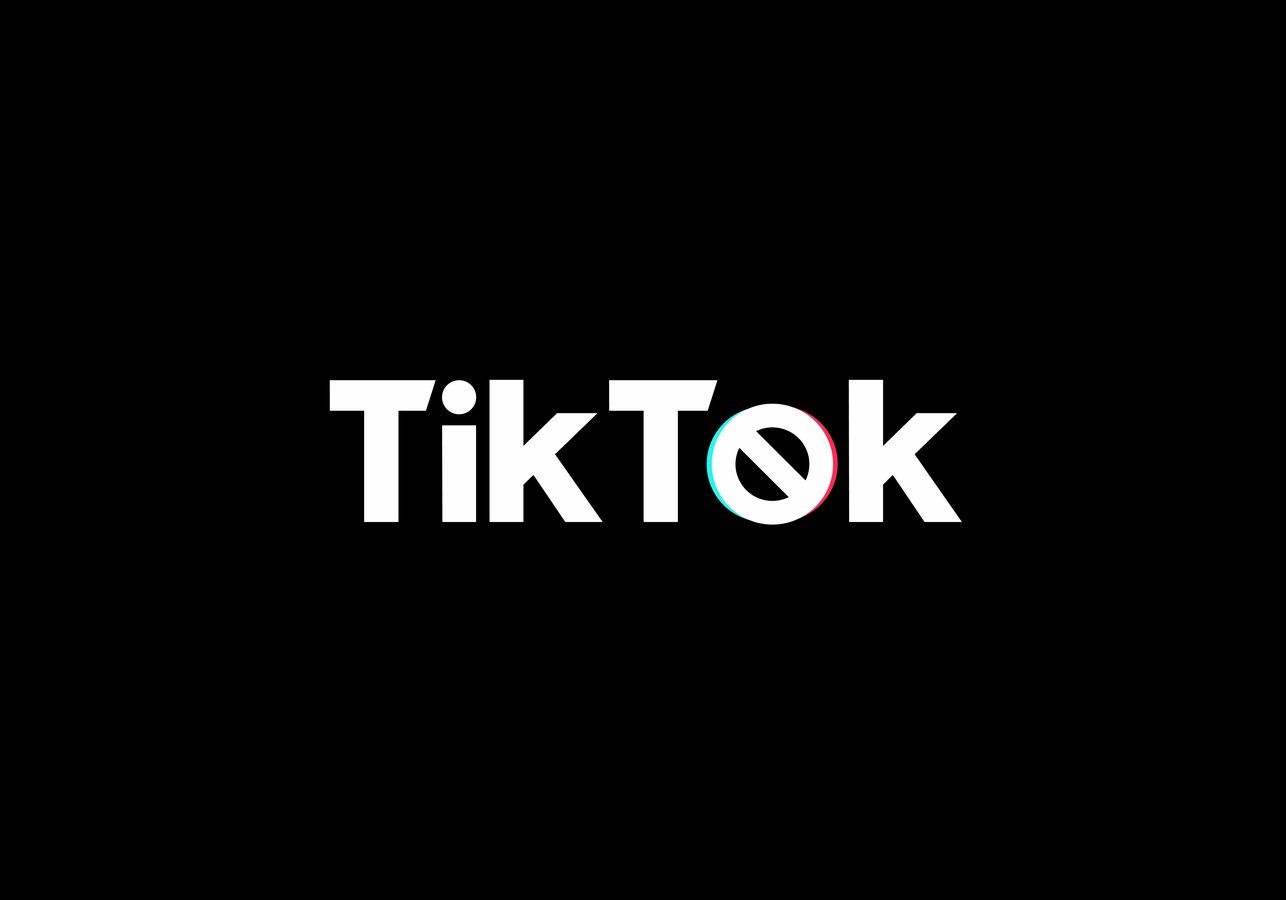What you need to know about Accessibility & Websites
Embracing accessibility will improve your web experience for customers with disabilities.

Website Accessibility is a hot topic now and key area of focus for web developers. While the Web and eCommerce industries have been unregulated for a long time, the landscape is changing and new rules are coming into play. A key factor driving the push for accessibility is the ADA extending into websites.
The American Disabilities Act (ADA) has for a long time governed accessibility guidelines insisting that those with disabilities have equal access to public venues, businesses, and other entities. This was largely related to physical things like have ramps at entry points to buildings, etc. Now, the ADA has been extended to the virtual world, insisting that websites be accessible to those with disabilities and those using assistive technology to read and interact with a website.
Recent high profile lawsuits related to websites like Beyonce’s has created a lot of attention around accessibility and pushed the effort mainstream.
While managing accessibility for ADA compliance introduces more overhead to managing a web business, it also brings opportunities and benefits. The wonderful part about this digital era is that technology can empower people with disabilities to do more, be more connected, and more independent within society. Many people with limiting disabilities use assistive technology to read, interact, compose, and create online. Embracing accessibility is not only good for society, but also gives brands access to more consumers. Nearly 1 in 5 people in the US have a disability. That’s more than 56 Million people according to the US census bureau. So, there is a big payoff for embracing accessibility, both in creating a more connected, supportive community and gaining access to more customers.
Below are steps to take to help optimize your website for accessibility and support viewers using assistive technology:
Alternate text for Non-Text content
Add alternate text to non-text page elements, such as images, so page readers can identify this content.
Audio Element can be turned off
Use embedded video players where the audio can be turned off, without having to turn off the audio on your computer (so any autoplay videos do not interfering with page readers).
No Seizure Causing Content
People with photosensitive epilepsy and other seizure disorders can have seizures triggered by flashing lights. Avoid images that flash more than 3 times per second.
Page Identification Text
As much as possible, use text headings and descriptions on pages to communicate the topic of that page so it can be identified by a page reader.
Consistent Navigation
Use consistent navigation across the website for predictable operation of web pages by disabled viewers.
Instructions and Labels on input forms
Have instructions and labels on form fields to guide the viewer on completing input forms. Add descriptions to error messages on forms to guide viewers on completing the form.
Mouseless Navigation
Optimize your website so viewers using a keyboard and no mouse can navigate and interact with your website.
Partner with a 3rd Party ADA Compliance Provider for Websites
It’s best to partner with a 3rd Party Compliance provider that can scan your website and find any issues with your website. There are also providers that offer ‘plugin’ type platforms that include assistive technology (like page readers) that can be embedded in your website.
At Cuker, We are committed to providing an optimized and accessible user experience to our website visitors and our clients’ website visitors. We believe in the importance and value of inclusion and accessibility across the web. Our goal is to deliver an excellent user experience for all types of viewers, using different types of mobile and desktop devices, and those using assistive technology.
Our efforts to improve and optimize the user experience for accessibility are ongoing as we develop new areas of our websites, and as technology changes. If at any point in your browsing experience you have feedback for us to improve our user experience or accessibility support, please contact us at [email protected]
Managing accessibility takes focus and commitment. Embracing accessibility will improve your web experience for customers with disabilities and contribute to making the internet more inclusive - everyone wins!






